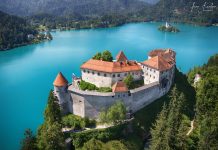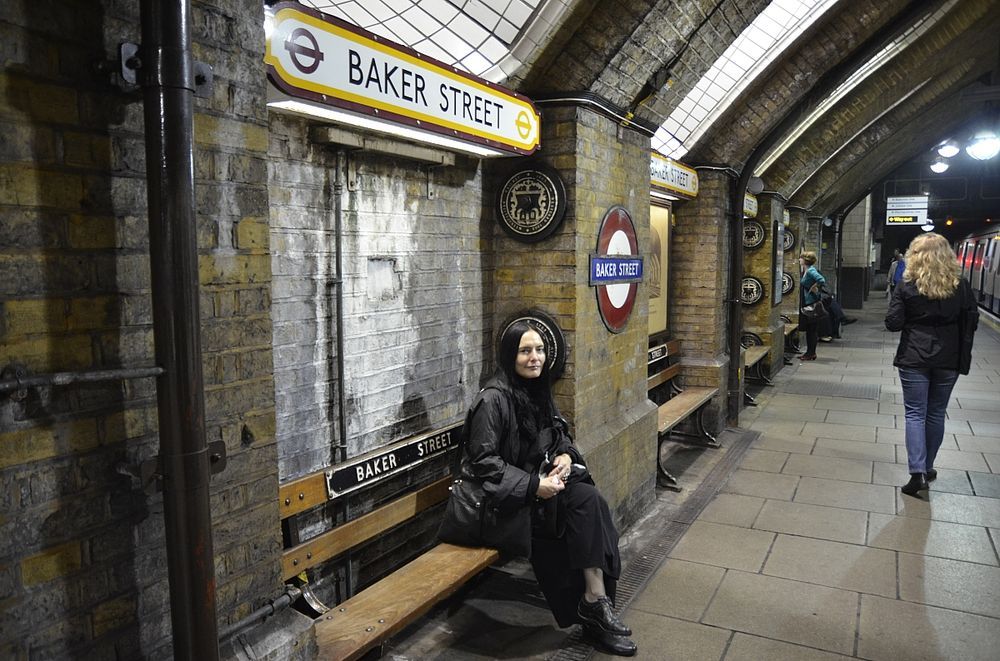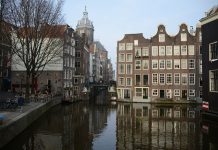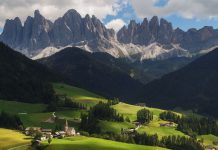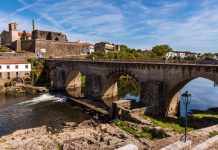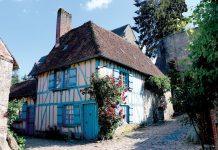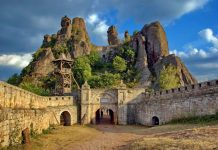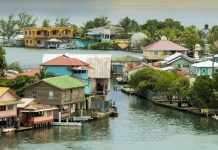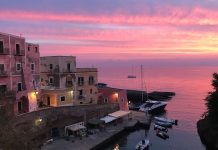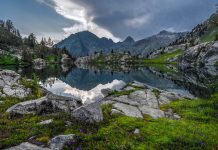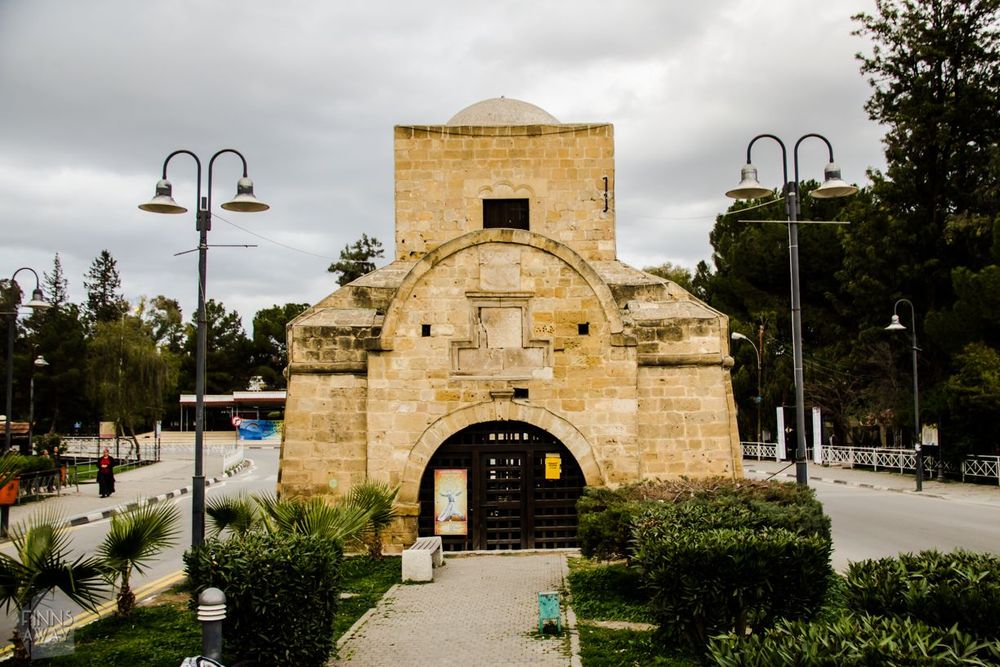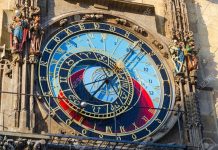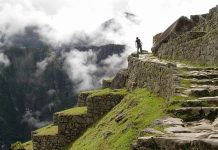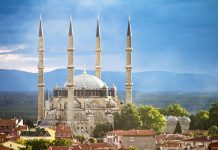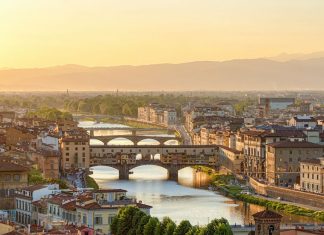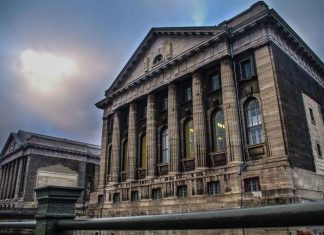The Kyrenia Gate is one of the three entrances to the city built by the Venetians. The gate was originally called the “Porta Del Proveditore”.
Kyrenia gate has undergone several changes since its Venetian days. In 1821 the Turks restored it and added a square chamber with a domed roof, and in 1931 the British demolished the section of the walls around it to facilitate the traffic into and out of the city.
Still visible however is a panel recording the date of its building and a stone tablet inscribed with verses from the Koran.
For more than a thousand years Nicosia was a walled town, like most towns in the Middle Ages in Europe. Very few have retained their ancient walls, and those that have, such as Carcassonne in the south of France, regard them as show places for tourists. Nicosia has retained its walls because of their huge size, and, being just earth ramparts with stone facing, not many building blocks could be obtained by demolishing them.
Before the days of preservation of ancient monuments and various antique buildings, it was common practice to build a house with stones derived from crumbling ruins of walls and towers. The ancient walls of a town became everyman’s quarry.
The old city of Nicosia was inhabited by artisans and craftsmen who not only used the goods they made for themselves, but sold them in the town market. The governors were rich merchants who decided what goods could come in through the gates, and also what people should be allowed to enter. Some had to go out at sunset when the gates were closed, but there were plenty of wide open spaces outside the walls to camp out. The Famagusta gate was the chief one and this led to the major port of the island.
Just imagine the scene in the old days, when, in the early morning, long queues of horse carts, donkeys, mules and camels waited to get into the morning market. The entrance was by a very narrow gate where taxes were often collected. There were no passports; only daggers and battle axes to argue with. It was only about 40 years ago that the British demolished part of the wall on either side of the gate, to make two roads for motor cars to enter and leave. Today, every one seems to rush by the gate and not notice it as it lies as an island in a whirl of traffic.
The gate was originally known as Del Proveditore and was built by the Venetians with stones from the mediaeval walls of Nicosia, of which not a trace exists today. In 1821 the Turks repaired the gate, and added the square building on top, surmounted by a dome. During the restoration, a stone tablet recording the building of the gate by the Venetians was found. Are there any Latin scholars here who can translate the words? It will be a puzzle, because some of the letters are missing. Most people will understand MDLXII, which being 1562, must be the date of this Venetian gateway. Outside the commemorative tablet is the date 1931, and George the fifth, king and emperor. This records the date when the gaps in the walls were made to take the modern roads into the city. Above this is a small tablet with a quotation from the Koran inscribed in ancient calligraphy.
Between the gate and the Atatürk statue are two large iron cannon, seven others in the public gardens to the east, two more on the rampart on the other side, and several in odd pieces along the walls. Some are very corroded with rust while other s look as though they were made recently. On some can be seen the British crown emblem and the old broad arrow indicating the origin as Woolwich Arsenal Ordnance works. These cannon were made in the reign of George 3rd, about 1790 and used in the Napoleon ic wars. Later, they were acquired by the Turks and it must be noted that it was the custom in the l9th century to mount old iron cannon by the doors of public buildings or at the portals of some rich man’s mansion.
There was once a secret tunnel from the Roccas bastion, i.e. the bastion to the west of the Kyrenia gate, and it led to the Greek quarter near Ledra Palace. During heavy rains in 1965 it collapsed and was finally sealed off by UNFlCYP.
From a distance, the Kyrenia gate looks quite small in comparison with the huge Venetian ramparts, nevertheless it forms a good compact study for a colour slide or for the artist to paint. It looks grand in the evening sunshine, the yellow brown stone walls, the background canopy of trees and the Kyrenia mountains beyond. It brings back memories to the writer of the walls of Peking which one can follow for IS miles with sixteen enormous gateways; the Marco Polo gateway is about twenty times the size of the Kyrenia gate. So, having “done” Kyrenia gate, get on the bus for Peking!

